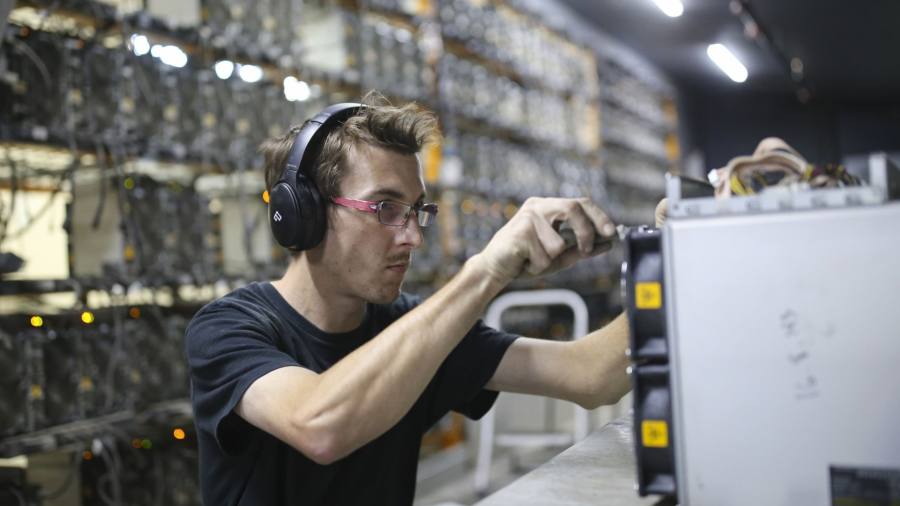Bitcoin, the world’s largest cryptocurrency, has crossed $30,000 for the first time since June 2022. Higher prices mean higher energy consumption. It is a good time to think about changing the way bitcoin transactions are verified.
To unlock new coins, bitcoin uses a proof-of-work system, in which complex mathematical puzzles must be solved to validate transactions. As prices rise, miners devote more power to the calculations. The Cambridge Bitcoin Electricity Consumption Index calculates that greenhouse gas emissions from bitcoin mining last year fell amid a price crash. Even so, it estimates that annual emissions of 48.35 MtCO2e (mn tonnes of carbon dioxide equivalent) were equal to that of Nepal.
This year, emissions are likely to rise. Ether, the second-largest digital token, shows how things could change. Last year, the ethereum blockchain shifted to a proof-of-stake system in a move known as “The Merge”. Users with ether now validate transactions and earn rewards in the process. The move has reduced energy consumption by more than 99 per cent.
The barrier to switching bitcoin’s system is not technical. Opposition is mostly ideological. Changing creator Satoshi Nakamoto’s vision is sacrilegious to bitcoin purists. Though one less high-minded argument is that the move might lower bitcoin’s price, which is partly based on the difficulty of unlocking new coins. There is also the question of what would happen to machines used for mining.
But pushback over carbon emissions could trigger change, via proof-of-stake or perhaps the use of more renewable power. Goodwill is in short supply. Despite higher prices, faith in crypto is weak. More than 40 per cent of adults who previously invested in crypto have no confidence in its safety, according to Pew Research. The collapse of crypto trading platform FTX and a steady stream of hacks have overshadowed the potential applications of blockchain technology.
A move to cut emissions might also encourage more funding. Industry start-ups’ fundraising fell by more than four-fifths in the first quarter of the year, according to PitchBook data. A hook is required to get venture capital backing out of the doldrums. Low carbon transactions might do it.
Read the full article here



